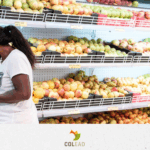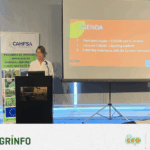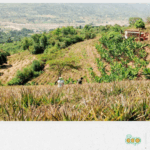More effective control of potato blight in Fouta-Djallon with a new warning system
- 14/07/2022
- Posted by: Sandra Borma
- Category: Guinea, News
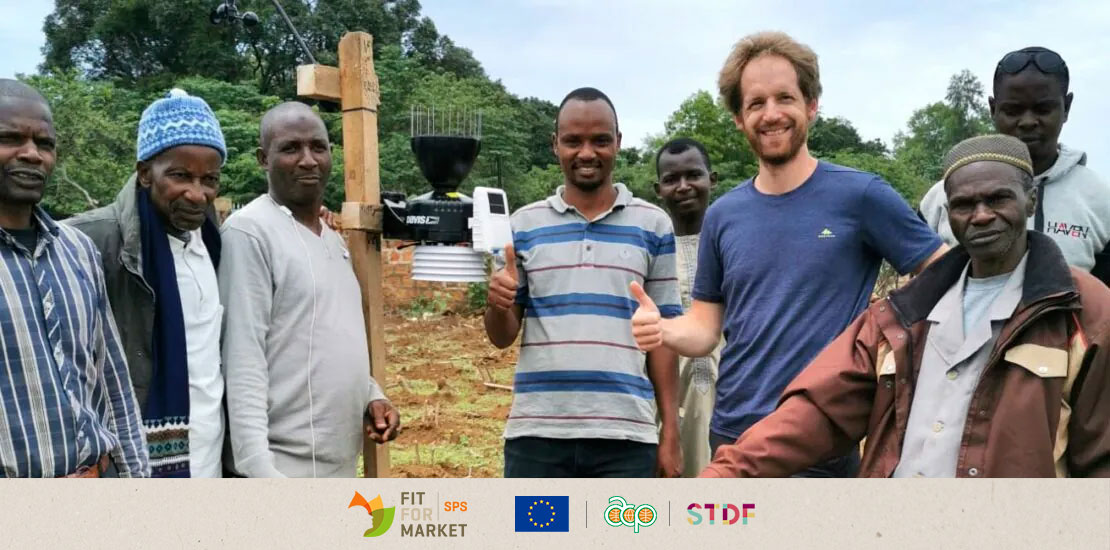
In Fouta-Djallon, central Guinea, potato is a major crop, widely exported to countries in the sub-region, with more than 45,000 tonnes produced per year and 38,000 affiliated producers – 64% of whom are women.
One of the major problems faced by potato crop is blight. Extremely prevalent during the rainy season, mildew limits the cultivated area of potato and forces producers to apply numerous phytosanitary treatments to ensure production. Surveys carried out as part of the development of the Guide to Good Potato Production Practices – currently being developed –have shown losses ranging from 15% to the destruction of potato production by this disease. Depending on the scenario, a 15% loss of yield results in a loss of income equivalent to a monetary value ranging from 12,510,000 Guinea Franc/ha, approximately 1,380 euros, to 16,680,000 FG/ha, approximately 1,840 euros, depending on the price of the potatoes sold.
In addition to the loss of income, most of the current control methods for blight are preventive fungicides. It is therefore imperative to know the optimal application date to guarantee effective control of the disease and to limit fungicide use to the strict minimum to reduce not only economic costs, but also risks to the health of the producer and the environment.
It is in this context that the STDF/PG/498 project for the reinforcement of the phytosanitary control and certification system in Guinea is intervening to ensure the implementation of a warning system (surveillance) that will allow the producer to be advised on the best time to treat their field to maximise the effectiveness of the intervention.
A warning system was developed by the Centre pour l’Agronomie et l’Agro-Industrie du Hainaut (CARAH) 30 years ago and has been improved over the years as knowledge of the pathogen, and technology have evolved. The warning system is based on a computer model that predicts the risk of blight infection. The model is based on the acquisition of weather data by a weather station – accurately measuring temperature, rela 2022tive humidity, and rainfall – installed in a representative potato plot in the region. The data from the weather station is sent every hour – or every day, although the accuracy is greatly reduced – to a central server on which disease development curves are calculated.
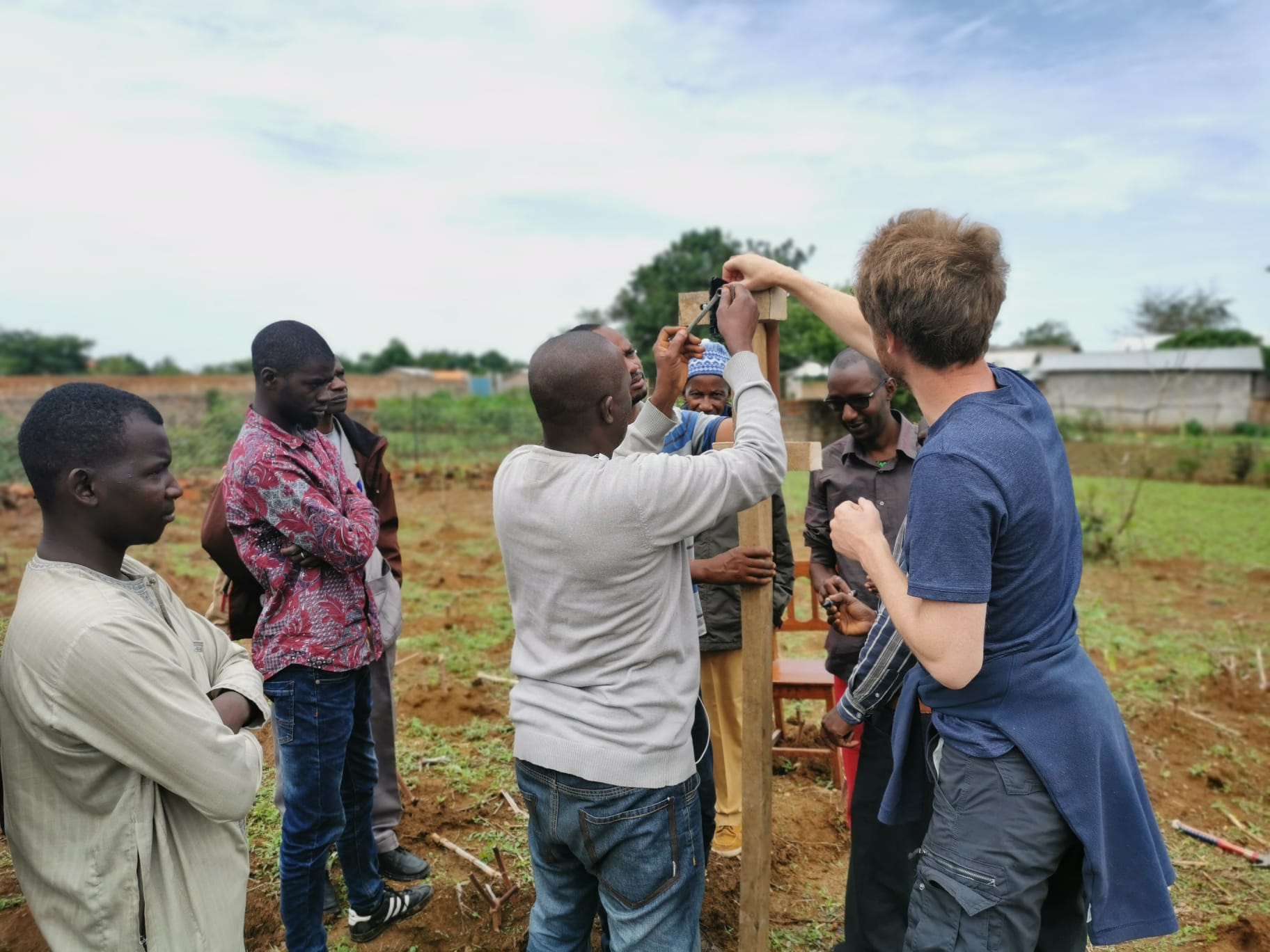
One or more technicians in charge of monitoring the model then send warnings in the form of SMS, email, or WhatsApp messages warning farmers that it is time to spray. The warnings also include advice on the type of fungicide to apply, the dose, etc.
It is important to note that the use of the model must always be accompanied by field observations, especially for the pilot phase. Indeed, at first, even if the model is quite robust, it is imperative to confirm the good functioning of the model by regular field observations. Thereafter, the number of field observations may decrease, but are still necessary. At the beginning of the season, field observations determine when the model needs to be started.
It is in this context that a mission to Guinea took place from 27 June to 7 July. It enabled the installation of the first pilot in two of the main production areas: Timbi Madina and Dalaba. In addition to the installation of the equipment, some 20 technicians were trained in the use of the equipment, the interpretation of the data, and the agricultural advice to be given to producers.
The technicians are key to the management of the system and are the main driving force behind it. The technicians are currently taking weather readings throughout the production season – until September – and are coupling this information with their observations in treated and untreated fields to assess the effectiveness of the model. At the end of this first test, it is hoped that the proposal can be improved and deployed more widely in the region, and that a reliable system is in place by 2023.

In the long term, these warnings could be enriched and become the reference point for farmers regarding any type of cultural intervention to be carried out in their potato plots – choice of variety, planting, fertilisation, etc. It is also possible, when a certain level of training is reached by the farmers, that they themselves consult the model via their smartphone.
This activity is supported by the Fit For Market SPS programme, implemented by COLEACP as part of the development cooperation between the Organisation of African, Caribbean and Pacific States (OACPS) and the European Union, and the Strengthening of the Phytosanitary Control and Certification System in Guinea project, funded by the Standards and Trade Development Facility (STDF) and implemented by COLEACP.

